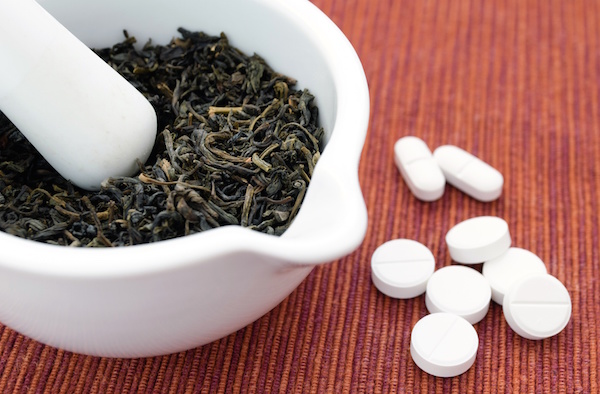
THURSDAY, Jan. 22, 2015 (HealthDay News) — Too many women of childbearing age take narcotic painkillers, putting any unborn babies at risk, U.S. health officials said Thursday.
Thirty-nine percent of females aged 15 to 44 who were enrolled in Medicaid filled a prescription for a narcotic painkiller each year from 2008 to 2012, says a new report from the U.S. Centers for Disease Control and Prevention (CDC). Among privately insured women, that rate was 28 percent.
“We are concerned because we know that 50 percent of all pregnancies in the U.S. are unplanned,” said CDC epidemiologist Jennifer Lind.
Using narcotic painkillers in early pregnancy can increase the risk for certain birth defects, including spina bifida (a defect of the spine), gastroschisis (a defect of the abdominal wall) and heart defects, Lind said. These drugs also have been linked with preterm birth, she said.
In addition, infants exposed to narcotics in the womb can be born with a condition called neonatal abstinence syndrome, according to the report. These babies experience symptoms of withdrawal from the drugs taken by the mother during pregnancy.
The study appears in the Jan. 23 issue of the CDC journal Morbidity and Mortality Weekly Report.
Lind said that most of the women in the study were prescribed narcotic painkillers to treat moderate to severe pain, such as after surgery.
“We encourage doctors to make sure that they are discussing pregnancy potential with their patients and understand that they may be treating two patients whenever they are prescribing reproductive-aged women,” Lind said.
“We recommend that they use the lowest effective dose for the shortest amount of time possible, and birth control to reduce the risk of becoming pregnant while taking them,” Lind said.
Dr. Jose Cordero, a member of the March of Dimes Board of Trustees, agreed. “If you are using an opioid painkiller, you should also be practicing effective birth control,” he said in a statement Thursday.
“If you decide to get pregnant or do become pregnant, tell your health care provider about all the medications you are taking right away. You may be able to switch to a safer alternative,” Cordero said.
Addiction to painkillers is a serious problem, Lind said. Depending on the pain level and the patient’s medical condition, doctors may recommend an over-the-counter pain medication rather than a narcotic, she said.
The narcotic painkillers most commonly prescribed are hydrocodone, oxycodone and codeine, also found in some prescription cough medicines, Lind said. “Some familiar brand names are Vicodin and Percocet,” she noted.
Another expert, Dr. Jill Rabin, agreed that women should take the lowest dose for the least amount of time.
“The biggest risk is that the baby can be born addicted and have to go through withdrawal,” said Rabin, co-chief of the division of ambulatory care in the Women’s Health Programs-PCAP Services at North Shore-LIJ Health System in New Hyde Park, N.Y.
She advises women with chronic pain to see a pain specialist to help find the best way to manage pain. If they feel they are becoming dependent on narcotic painkillers, she added, they should get help from a specialist who treats addiction.
Dr. Scott Krakower, assistant unit chief of psychiatry at Zucker Hillside Hospital in Glen Oaks, N.Y., said women shouldn’t rush to take painkillers.
“Women should be cautious about what they are being prescribed,” he said.
Alternative ways of managing chronic pain, such as acupuncture and yoga, are widely available, Krakower said, adding there also are non-habit-forming drugs.
The higher rates of narcotic painkiller use among Medicaid patients than those of privately insured women might be because of differences in the medications covered under their health insurance plan, differences in health care services, or differences in the prevalence of underlying medical problems, the researchers said.
For the study, CDC researchers analyzed 2008-2012 data from Medicaid, and another database of claims from women with private health insurance.
Data from private insurance indicated that prescriptions for narcotic painkillers were highest among reproductive-aged women in the South and lowest in the Northeast.
From Medicaid, the researchers found that white women of reproductive age had nearly 1.5 times as many prescriptions for narcotic painkillers as black or Hispanic women.
More information
For more on narcotic painkillers, visit the U.S. Centers for Disease Control and Prevention.
Copyright © 2025 HealthDay. All rights reserved.

